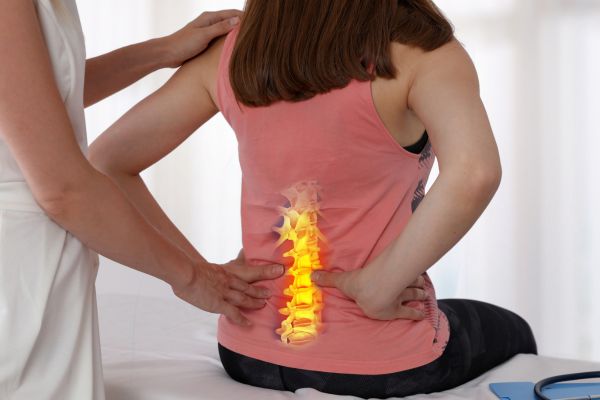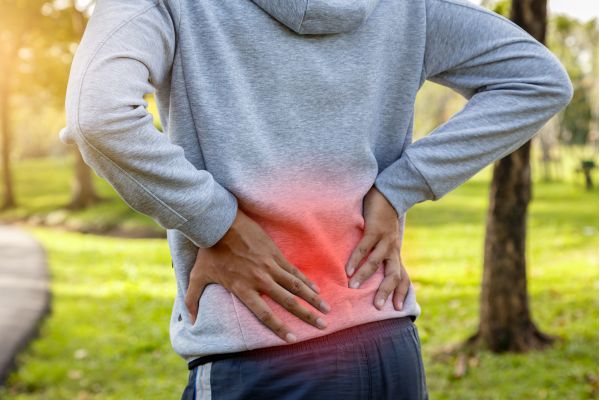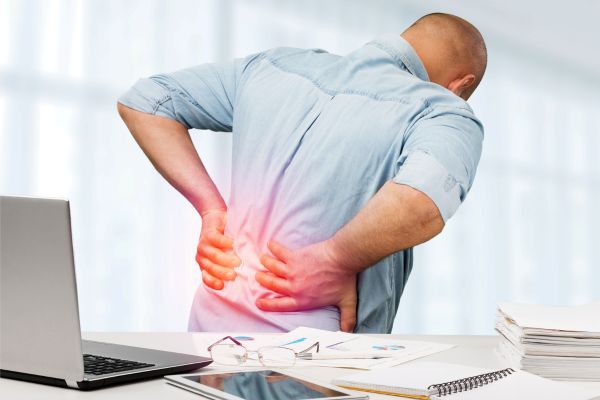Are you tired of dealing with persistent low back pain? Look no further than Dynafisio for effective physiotherapy treatment in Gurgaon. Our skilled team of physiotherapists specializes in providing personalized care to alleviate low back pain and restore optimal function. We understand that each individual's condition is unique, which is why we develop customized treatment plans tailored to your specific needs.
We employ a combination of manual therapy techniques, targeted exercises, and corrective strategies to address the root cause of your pain. Our goal is not only to provide temporary relief but also to provide long-lasting results. Don't let low back pain limit your daily activities any longer. Take the first step towards a pain-free back by scheduling an appointment with the best physiotherapy clinic in Gurgaon today.
Low back pain is a common condition that affects millions of people around the world. Some of the most common symptoms of low back pain include dull or sharp pain in the lower back, muscle spasms, stiffness, and difficulty standing or walking. In severe cases, low back pain may also result in numbness or tingling sensations in the legs or feet.
The intensity and duration of low back pain symptoms can vary depending on the underlying cause. In some instances, low back pain may arise suddenly due to injury or strain, while in others, it may develop gradually over time. Regardless of the cause or severity of your symptoms, seeking prompt medical attention from a qualified health professional can help you manage your pain and prevent further complications.

Other causes of LBP are:-


If you are looking for a lower back pain physiotherapy center near you in Sector 49 Gurgaon, look no further than Dynafisio. Our center is staffed with highly skilled and top physiotherapist in Gurgaon who specialize in treating low back pain. We utilize state-of-the-art equipment and techniques to provide patients with the most effective and personalized care possible. Whether you are dealing with a chronic condition or have recently experienced an injury, our team will work closely with you to develop a comprehensive treatment plan tailored to your needs. Don't let low back pain limit your life, book an appointment with Dynafisio today.
There are different types of exercises like flexion, extension, or rotation exercises, and every exercise is not advised in all conditions so they are done and advised very precautiously. Each exercise is done with 5 repetitions once or twice daily.
1. Flexion Exercises – Done in cases like anterolisthesis, increased lumbar lordosis, AS, or if the patient feels pain while standing, walking, or backward bending. Some of the flexion exercises are:-
2. Extension Exercises - These exercises are prescribed in cases like PIVD, and retrolisthesis, to maintain or decrease lumbar lordosis, to maintain mobility of the spine, and AS, and to decrease pressure on the Sciatic nerve. Some of the extension exercises are:-
All these exercises are progressed according to the patient.
3. Rotation exercises – These exercises help in relieving the overall side muscles and stretch or strengthen the oblique muscles of your abdominals, like;
4. Stretching exercises – To relieve the contracted or spastic muscles;